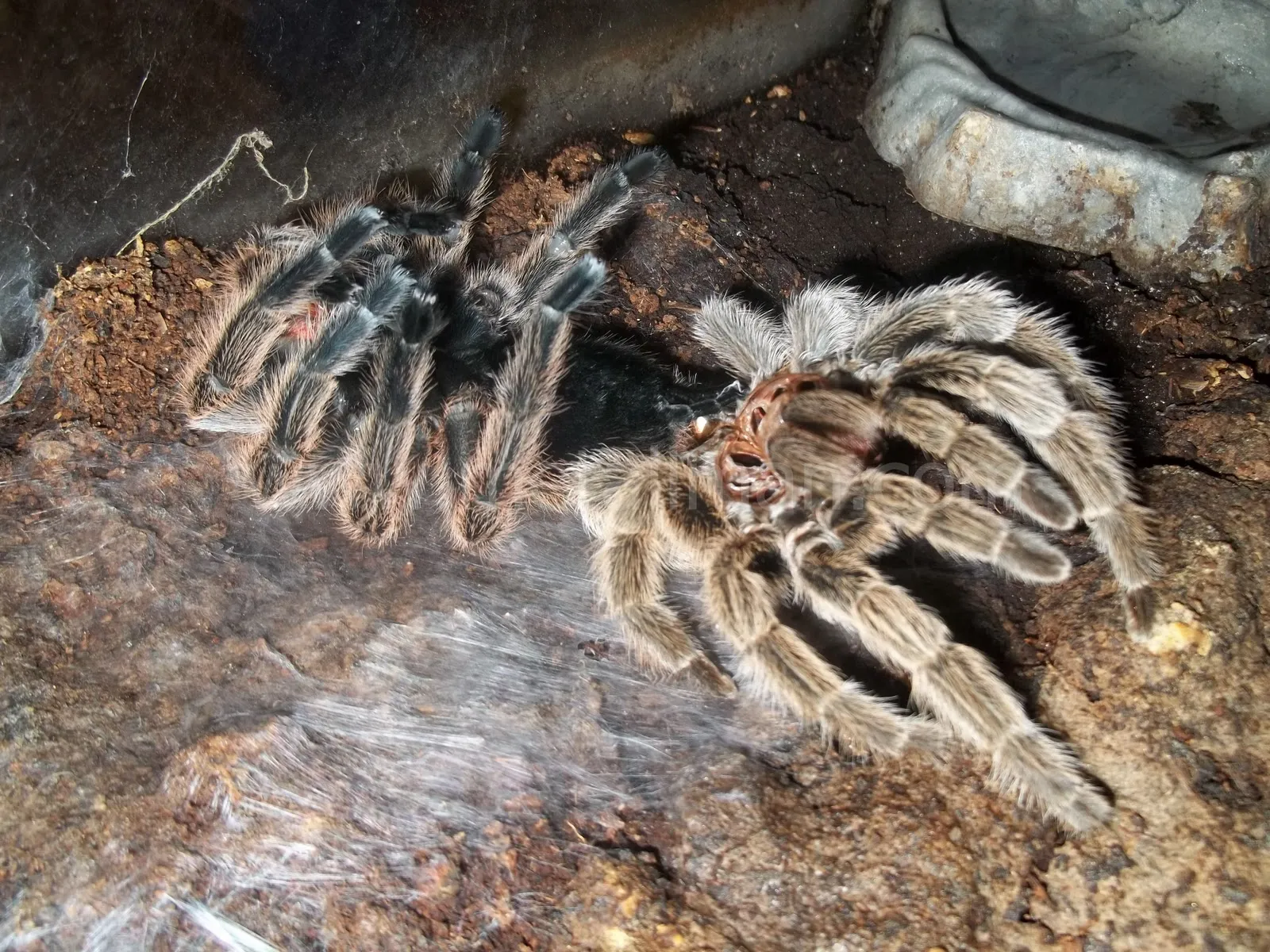Understanding Tarantula Molting
Owning a tarantula can be an incredibly rewarding experience, but it comes with unique responsibilities. One of the most fascinating aspects of tarantula ownership is witnessing the molting process. For new keepers, or even seasoned ones, it can be a worrying time, especially if you are not sure what is going on. It’s crucial to understand what molting is, the signs to look for, and how to care for your pet during this vulnerable period. Molting is a natural and essential part of a tarantula’s life cycle. It’s how these arachnids grow, shed parasites, and regenerate lost limbs. Knowing what to expect can alleviate concerns and help you provide the best possible care for your eight-legged friend.
What is Molting?
Molting, in simple terms, is the process by which a tarantula sheds its exoskeleton. This exoskeleton, or outer shell, doesn’t grow; thus, the tarantula must shed it to allow for growth. The new exoskeleton is soft and pliable, allowing the tarantula to expand before it hardens. This process is not just about growth; it’s also about renewal. The tarantula sheds internal linings of its trachea, the gut lining, and sometimes even lost limbs. This is a complete reset, essentially giving the tarantula a fresh start. The frequency of molting depends on the tarantula’s age and species; younger tarantulas molt more often than adults.
The Molting Process Explained
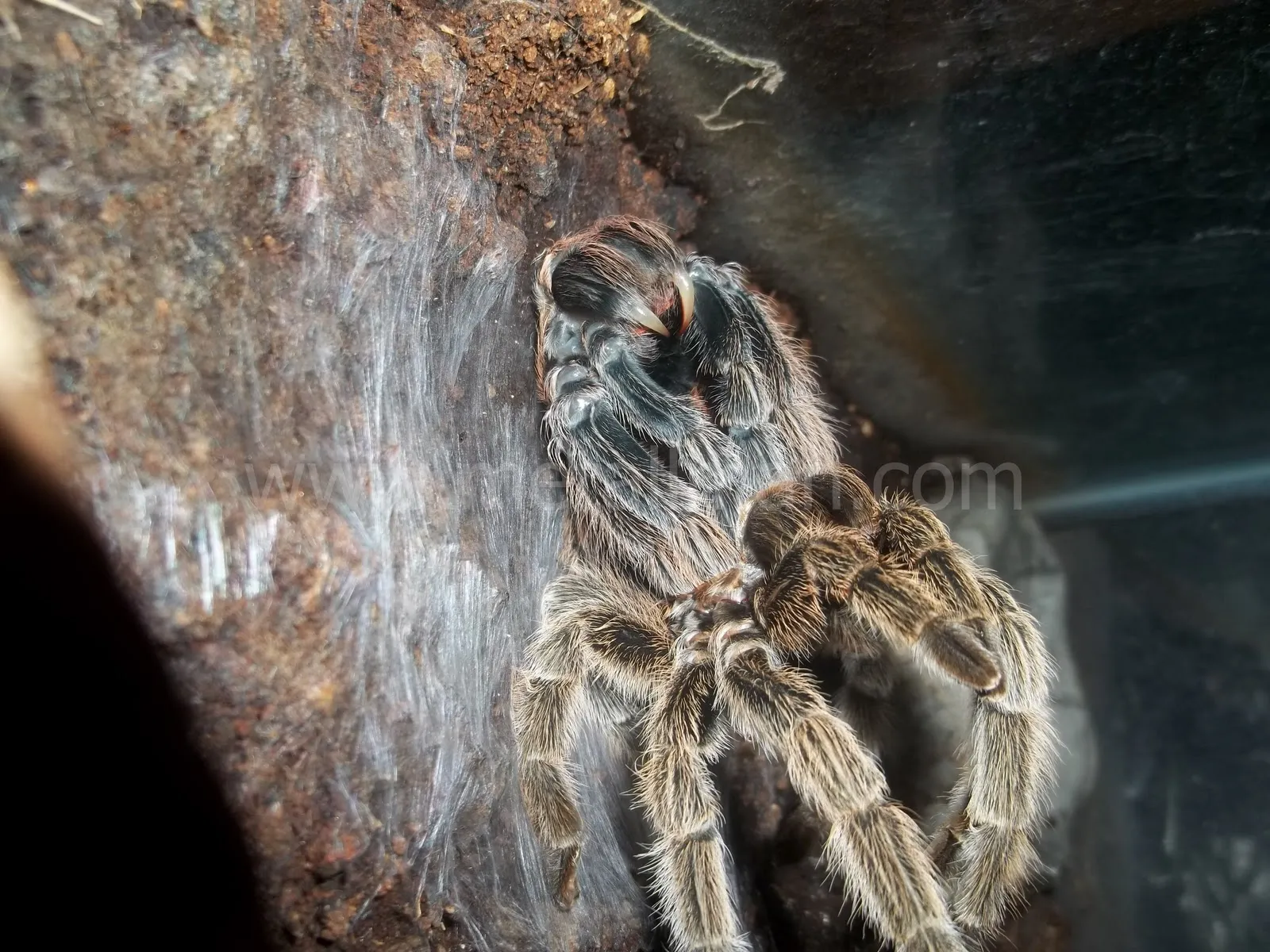
The molting process itself is quite remarkable. It begins with the formation of a new exoskeleton beneath the old one. The tarantula will then create a fluid between the old and new exoskeletons, helping to detach the old one. The tarantula will then position itself, often on its back, to facilitate the shedding process. This is one of the most alarming sights for a new keeper, as the tarantula appears to be dead. Using a combination of muscle contractions and fluid pressure, the tarantula slowly pushes out of its old exoskeleton. This can take anywhere from a few minutes to several hours, depending on the size and age of the tarantula. Once free, the tarantula is incredibly vulnerable, as its new exoskeleton is soft. This process is crucial for their survival and growth.
5 Signs Your Tarantula is Molting
Recognizing the signs of molting is key to providing proper care for your tarantula. While every tarantula is different, some tell-tale signs often indicate that your tarantula is preparing to molt. Being aware of these signs can help you determine when to take specific precautions. Here are five key indicators that your tarantula is about to undergo this significant transformation.
Loss of Appetite
One of the earliest signs of an impending molt is a loss of appetite. Your tarantula may refuse food, even if it’s usually a voracious eater. This behavior can start weeks or even months before the actual molt. The tarantula’s body is preparing for the process and conserving energy. If your tarantula consistently refuses food, especially if it’s a juvenile, consider the possibility of an upcoming molt. This is often the first sign, providing you with advanced notice and giving you time to prepare for the molt.
Change in Behavior

Tarantulas may exhibit changes in their behavior before molting. They might become less active, spending more time in their hides or burrowing. Some tarantulas may become more irritable or defensive, while others seem to be more lethargic. Observe your tarantula’s behavior. A change from its usual activity levels can be a strong indication that molting is on the horizon. Such changes are a clear signal that your tarantula is going through a transformation, and it is essential to provide a safe and undisturbed environment.
Dull Colors and Appearance
As a tarantula prepares to molt, its colors may appear duller than usual. The vibrant hues that characterize a healthy tarantula may fade slightly. This is because the new exoskeleton is forming underneath, and the old one begins to separate. The overall appearance might seem less glossy. If you observe a lack of vibrancy in your tarantula’s coloration, it’s a good sign that a molt is coming. This is a visual clue that helps you anticipate the molting process and adjust your care accordingly.
Premolt Bald Spot on Abdomen
Many tarantula species, particularly New World species, develop a bald spot on their abdomen before molting. This area, which is usually covered in urticating hairs, becomes darker and more noticeable as the molt approaches. The bald spot is a clear sign that the exoskeleton is separating. The tarantula rubs its abdomen against the substrate to remove hairs in preparation for the molt. Observing a bald spot on your tarantula’s abdomen is a very good indicator that molting is about to begin. This helps you to prepare the habitat and ensure the tarantula’s safety during this crucial time.
Lying on Back
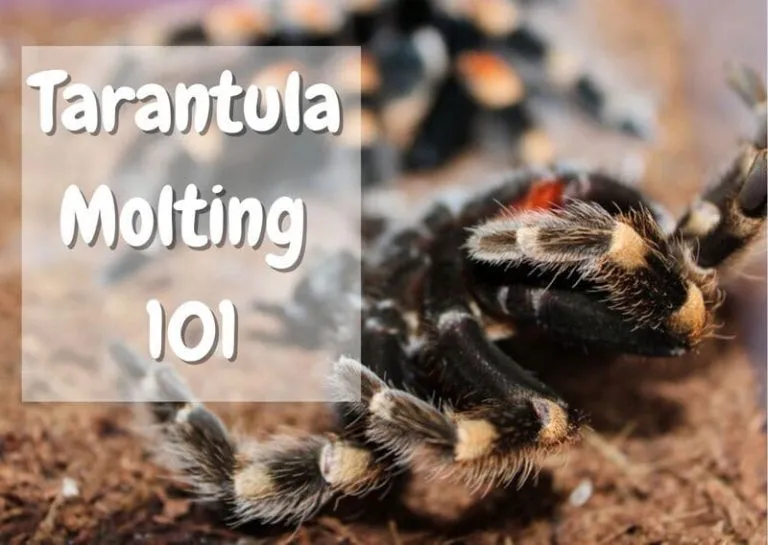
Perhaps the most dramatic sign is when your tarantula lies on its back. This posture is characteristic of the molting process, though it can be alarming to witness. The tarantula typically arches its legs and begins the process of shedding its old exoskeleton. Do not disturb your tarantula if you see it in this position, as it’s likely molting. The molt can take several minutes or hours, so patience is essential. Interfering can potentially harm your tarantula. This is the final stage of the process, so make sure it is safe and has a stable environment.
What to Do During Molting
Knowing how to care for your tarantula during a molt is just as important as recognizing the signs. Your primary goal should be to ensure its safety and minimize stress. The following steps will help you create a supportive environment during this critical period.
Provide a Safe Environment
The enclosure should be free from potential hazards. Remove any items that could potentially injure the tarantula during the molt. This includes heavy decorations or objects that could fall. Ensure the substrate is moist enough to maintain humidity but not overly wet. A moist environment is vital for the molting process. Make sure the enclosure is in a quiet, dimly lit area. Stress can hinder the molting process or cause the tarantula to abort the molt entirely. Providing a safe and stable environment is essential.
Avoid Disturbing Your Tarantula
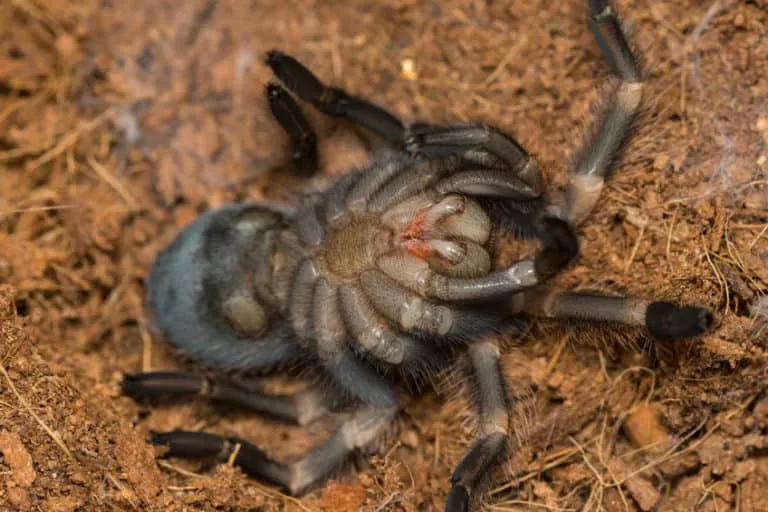
The most important rule is to avoid disturbing your tarantula during the molt. Do not handle the tarantula, and do not open the enclosure unless absolutely necessary. Loud noises and vibrations can also be stressful. Refrain from making sudden movements near the enclosure. If the tarantula is disturbed, it may interrupt the molting process, potentially leading to injury or death. Patience and observation are key during this process. This helps create a stress-free environment, helping your tarantula through the molt safely.
Post-Molting Care
Once the tarantula has successfully molted, a period of recovery and adjustment is needed. The new exoskeleton will be soft and vulnerable for a few days or even weeks, depending on the species and the size of the tarantula. Proper post-molting care is essential for the tarantula’s well-being.
Offering Food and Water
After the molt, wait a few days to a week before offering food. The tarantula’s fangs will not have fully hardened. Providing food too soon could be dangerous. Provide fresh water in a shallow dish. Once the fangs are hardened, you can resume feeding. Start with smaller prey items and gradually increase the size as the exoskeleton hardens. This ensures that the tarantula can eat without damaging its soft new fangs. This allows for a gradual return to its regular feeding routine.
Checking for Successful Molt
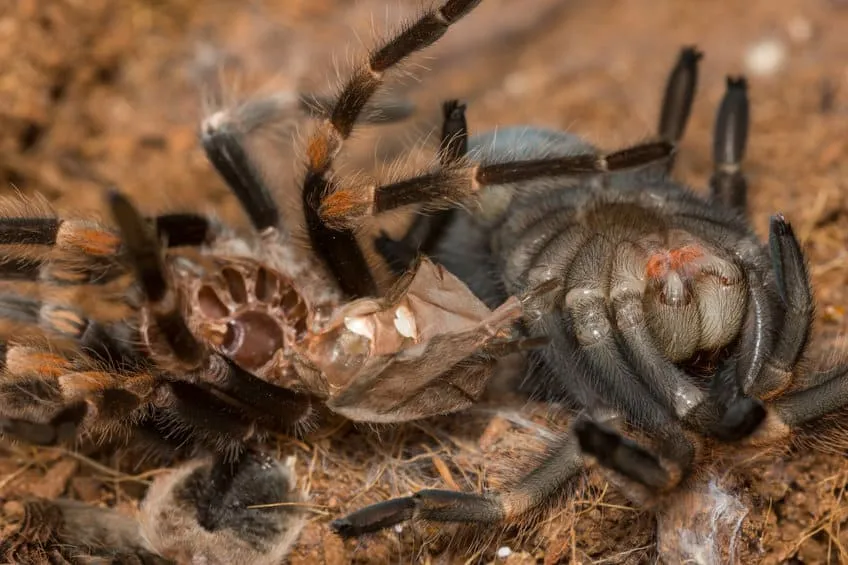
Carefully inspect the molted exoskeleton to ensure it is complete and undamaged. This indicates a successful molt and can help you assess the overall health of your tarantula. Also check for any missing limbs or deformities. If everything looks normal, your tarantula is healthy. A successful molt means that your tarantula has grown and renewed itself. Be vigilant and ready to provide care, and your tarantula can thrive.
Conclusion
Understanding the molting process is crucial for any tarantula keeper. Knowing the signs, providing a safe environment, and offering the correct post-molt care will allow your tarantula to thrive. By observing your tarantula’s behavior, you can learn to differentiate between molting and other issues. With proper knowledge and care, you can ensure your tarantula lives a long and healthy life. Enjoy the fascinating world of tarantulas and the wonders of the molting process.
